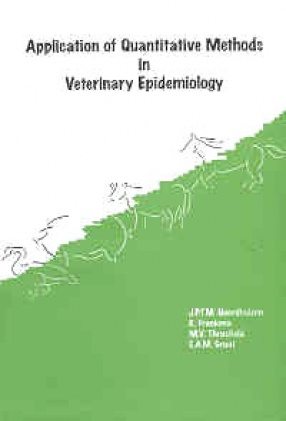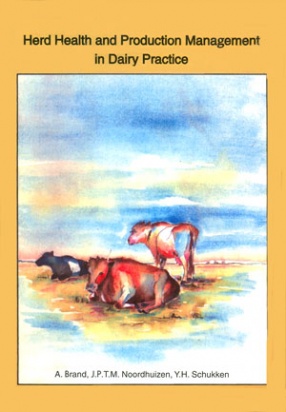Animal health care is changing from a curative to a preventive type of approach. At the same time the consumer puts higher demands on the quality of products of animal origin and the quality of the production process. The latter refers for example to animal health and welfare. The control of (often multifactorial) diseases alone is no longer sufficient for safeguarding both farmers’ and consumers’ interests, and neither is eradication of disease. In the prevention of both animal and public health problems, disease risk control and risk management will play a paramount role. Therefore, there is a need for adequate information and proper data analysis and interpretation, based on the application of quantitative epidemiological methods. Most veterinarians and animal scientists did not have a formal training in these methods. And yet, these methods should form the basis for the current animal health care strategy.
The objective of this book is to teach students, professional veterinarians and animal scientists the proper application of quantitative epidemiological methods and the sound interpretation of analysis results. Hence, they will be better skilled to support farmers and other participants in the food chain in their decision-making about animal and public health issues. The book focuses on quantitative epidemiological methods through theory and elaborated case studies for self-teaching. Additionally, attention is given to aspects related to animal health such as modelling, food hygiene, economics and surveillance systems.






There are no reviews yet.